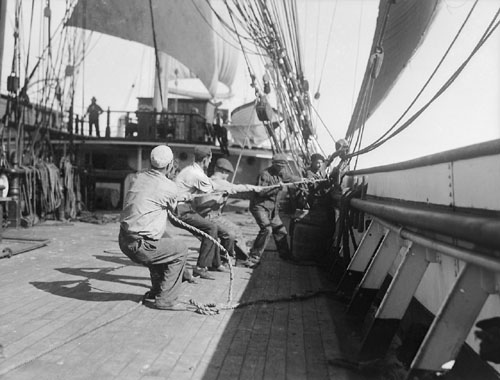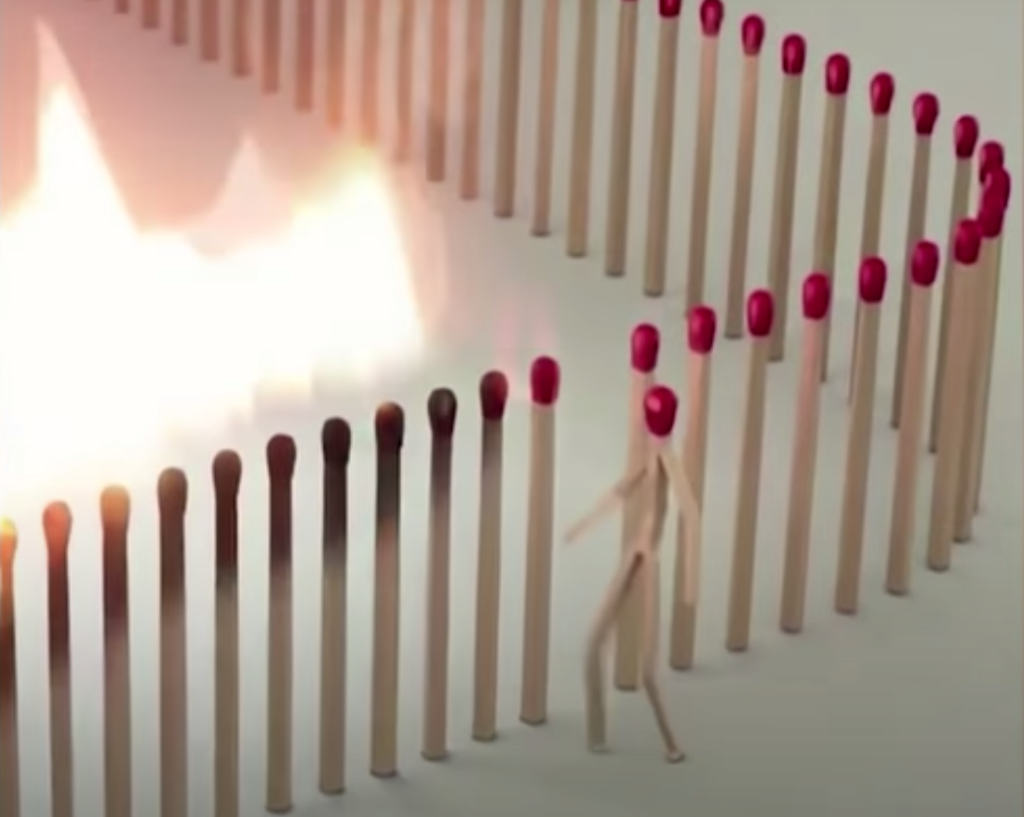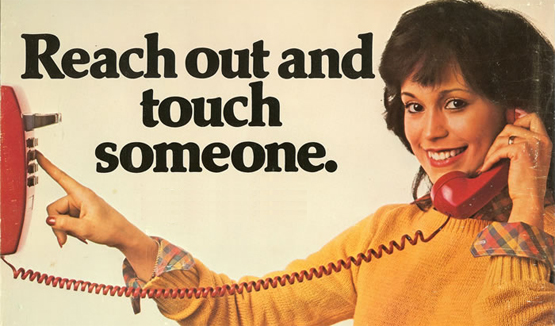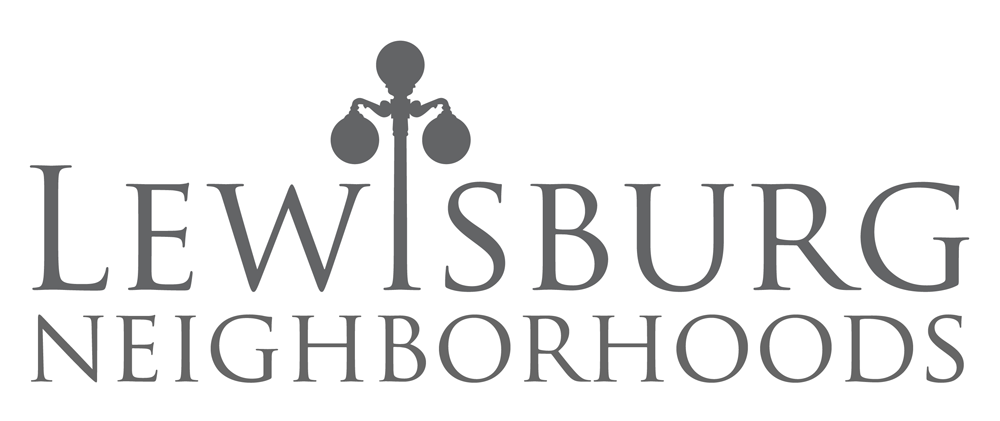This is an all-hands-on-deck moment! Please start talking to your neighbors about public health. If you haven't already or if you've only been discussing it with some people, it's time to make a conscious effort to do some expanded personal outreach. Talk to your neighbors, your colleagues, your acquaintances, your work network, your kids' coaches and teachers, your kids' friends parents...

This is also time to push the envelope a little bit when it comes to your own comfort. That doesn't mean you should put yourself in danger of COVID exposure, but you should also reach out to people who you imagine may not see precisely eye-to-eye with you. Please comb your contact list and get to work.
This appeal is relevant right now, in the thick of the holiday season, with respect to limiting risky indoor gatherings and will remain so moving into 2021 as we work to get enough people vaccinated to return to normal life. We have put together a cue sheet with the key pieces of information and references you might need (as well as our contact info if you come up against difficult questions or challenges). Here it is as a pdf:
Everyone is talking about COVID-19 anyway these days. Instead of just a chance to commiserate, let's make those conversations more productive. We've been hearing the key messages for months now from a variety of centralized sources, whether healthcare providers, service agencies, public entities, the press, and various community leaders. It is time for the general public to move into the next stage of this public health learning process and start sharing those key messages instead of just hearing or reading them.

The moms of the world are no doubt already on top of the basics and are reminding their kids -- both their actual offspring and the people they look after without those literal kinship bonds -- about masking, distancing, and hygiene. But we need to enlist not just the moms but everyone else AND we all need to move beyond those basics. It's time for conversations about the need to isolate if you've had a positive test, a known exposure, or have any symptoms (really, symptoms of any kind) and even more importantly about the hazards of gathering together indoors and the practical alternatives to doing so.
That last one is particularly hard to get people to take to heart. Even if you are gathering with dear friends and loved ones, even if none of you think you are infected, if you live in separate households, coming together indoors can be very risky right now. How crazy is that?
If we can start to understand that, then we can start to do something about rising case numbers.
The other big hurdle is conveying the problem of people who are infected but have no symptoms, and yet are contagious and spreading the disease. This is one of the ways the small indoor gatherings become dangerous. It is also how trying to conduct a semblance of normal life is fraught with hazards. If people refuse to wear masks and have managed to get infected without symptoms, they can be spreading disease at stores, restaurants, the post office, etc, whether as visitors or customers or employees in those locations.
As many as 40% of those infected have no symptoms, so this can make for a great deal of silent exposure. Those who catch the virus from asymptomatic spreaders are just as likely to have a serious case as anyone else... Add on to this that even minor symptoms that people don't imagine are related to COVID could well be from a mild case. People who have a stuffy nose or think they are having a round of allergies are unlikely to get tested unless they happen to have had a known exposure and they may well not realize that they should be isolating.
This is key! We don't know whether we present a risk to others or whether they present a risk to us or our loved ones. That's why we need to be so careful to wear masks in order to avoid accidentally infecting others. And it's why we need people to reduce exposure overall. That was a key part of the recommendations in the Dec 6 PA report from the White House Coronavirus Task Force: "Mitigation efforts must increase, including the implementation of key state and local policies with an additional focus on uniform behavioral change including masking, physical distancing, hand hygiene, no indoor gatherings outside of immediate households, and aggressive testing to find the asymptomatic individuals responsible for the majority of infectious spread."

Making sure these conversations happen would be a great benefit to public health locally and it would also help everyone feel less powerless right now. We need to share not just our anger, frustration, and sadness about everything the pandemic has done to us this year, but also ideas for how to outsmart it and keep each other safe as we celebrate whether for Christmas or New Year's.
We can take inspiration from local organizations who have been so creative this year in coming up with risk-reducing plans for events and re-envisioned old favorites this time around. The Lewisburg Arts Council made some really thoughtful and innovative adjustments to the Stroll Through the Arts last month. It was modified to extend across an entire week. The organization is wrestling right now with different scenarios for how the Festival of the Arts might unroll next year, considering the venues, the participants, the timing, and trying to assess how far we will be into the rollout of vaccinations. Other area organizations have worked through figuring out what the alternatives are to their regular networking get togethers over a meal. In light of current transmission levels, options included moving the event outdoors while maintaining all other mitigation, keeping it indoors without food (and clearly messaging to potential participants that they should not attend either if they are over 65, have a significant health condition, or are under 40 and have recently attended gatherings with people beyond their immediate household), or shifting to fully virtual for now.
What would that look like for your family's holiday gatherings? Can you do brief, masked, outdoor gift or food exchanges? Can you set up times for virtual sessions to celebrate, worship, and share the spirit of the season? Here's an article with tips on how to turn a garage into a possible outdoor-ish gathering space (remember, the title says "cozy,"but the whole point is lots of ventilation, not to make the garage into another indoor cave!). Here's another article talking about how to make winter outdoor visits more workable -- remember to bundle up, consider options for light and heat. Maybe consider the use of those handwarmers you usually reserve for the ski slopes. Or consider a heated vest or heated insoles to make hanging out outside in the cold a little more feasible. (None of this is a specific product endorsement; these are all just ideas.)
Who will you talk to about this? Work those contacts! "Reach out and [virtually] touch someone" this season. It's a good time to be reinforcing our social connections anyway, even if remotely or at a 6' remove.


